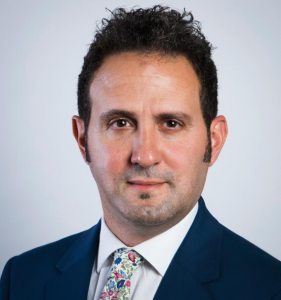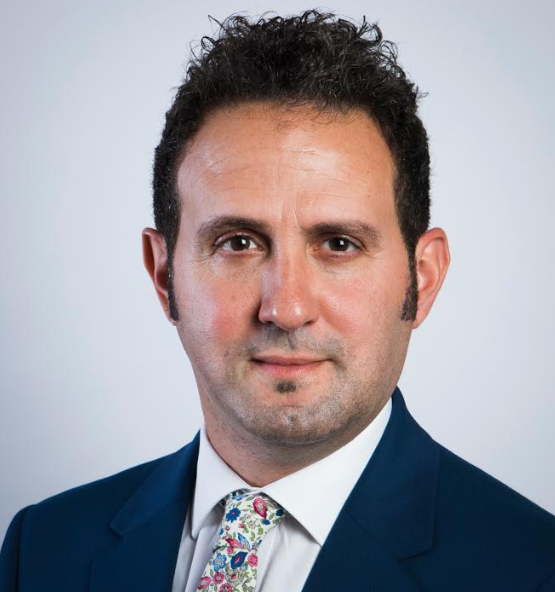These are interesting times, with people keeping at least two metres apart from each other, most schools closed and all public gatherings cancelled. The government is putting together one of the largest economic stimulus packages in history, landlords are not collecting rent, the homeless are being told to stay put in hotels free of charge and workers are furloughed – on full pay in some cases. These are extraordinary times, that’s for sure.
In our city, we hear that pollution on our streets has halved year-on-year as people ditch their cars during the coronavirus pandemic. And the other half? Possibly bus-related but that’s one for another day.
With councillors now working off-site and staying away from the town hall buildings – conducting business remotely – I wanted to turn to the subject of the citizens’ climate assembly that the city set out to run this spring.
Ipsos MORI has been appointed to set up the assembly for Brighton and Hove. After it has sat, the assembly should recommend practical actions that the city can take to become carbon neutral by 2030 – a headline-grabbing impossible target but a good aspirational one.
The assembly brings together 50 residents (randomly selected to reflect local demographics) and an “independent” panel to help shape how the city will address the climate crisis over the next 10 years and prioritise actions to take forward.
As a city, we have chosen transport as a start. I would have chosen buildings, given that is where most embodied and operational carbon is generated in the built environment.
Oxford was one of the first cities to hold a climate assembly, with one difference being that its advisory panel included politicians from across all political parties. And the one assembly had three themes, offering a more holistic approach to the climate crisis.
- How do we use less energy? (buildings, transport)
- How do we make more energy? (transform our energy system)
- How do we improve environmental quality on the journey to net zero? (waste, offsetting)
…
Biodiversity was considered within each of these areas whereas in Brighton and Hove we seem fixated on rewilding.
According to the Brighton and Hove City Council website, a key driver for the assembly is to protect our health. It says that climate change is the greatest threat to health in the 21st century. How many of us would still agree as we sit under a lockdown initiated on account of a health pandemic?
There are calls for us to take a similar approach to the climate emergency as we are doing to the health emergency. It certainly cannot be business as usual when we are all allowed out of our homes again later this year.
Do take a look though at a recent study cited by the council identifying air pollution from transport as a contributory cause of more than 50 deaths a year in the city and then let’s put things into perspective.
Back to the assembly then. With the pandemic, the assembly has been pushed back into the autumn meaning that the time is right to revisit the idea of the assembly before we go on any further and spend more taxpayer money.

With the overnight shift to remote meetings and digital technology, could the conventional future that the city leadership had imagined only a few weeks ago be changed already?
As some of us, including our school children, are seeing this conventional future merged with a digital one, perhaps we can also imagine more than 50 players getting involved. Could we take our citizens assembly on to a digital platform?
A recent report by Nesta suggested that involving citizens through dry and traditional techniques such as surveys, town hall meetings and citizens’ assemblies could be seen as tokenistic rather than leading to real change.
Nesta imagined a future beyond citizens’ assemblies involving play, immersion, sensing, creating and deliberating.
Can we? And can we be the leaders for real change? This is the challenge to all of our politicians, especially to the city’s leadership.
Samer Bagaeen is a professor of planning and Conservative councillor for Hove Park ward on Brighton and Hove City Council.









Surely Transport has to be at the forefront especially with the Citys topography.Why have trams never been discussed at any length.
As for buildings we cannot even look after those that are at risk and this has been going on for about 40 years.
“As some of us, including our school children, are seeing this conventional future merged with a digital one, perhaps we can also imagine more than 50 players getting involved. Could we take our citizens assembly on to a digital platform?”
You might be curious to know that when Robert Dahl, the great democratic theorist, proposed the citizens’ assembly idea in the closing chapter of his award winning, late 1980s book on democratic theory, that’s exactly how he proposed a citizens’ assembly should meet: via telecommunications.